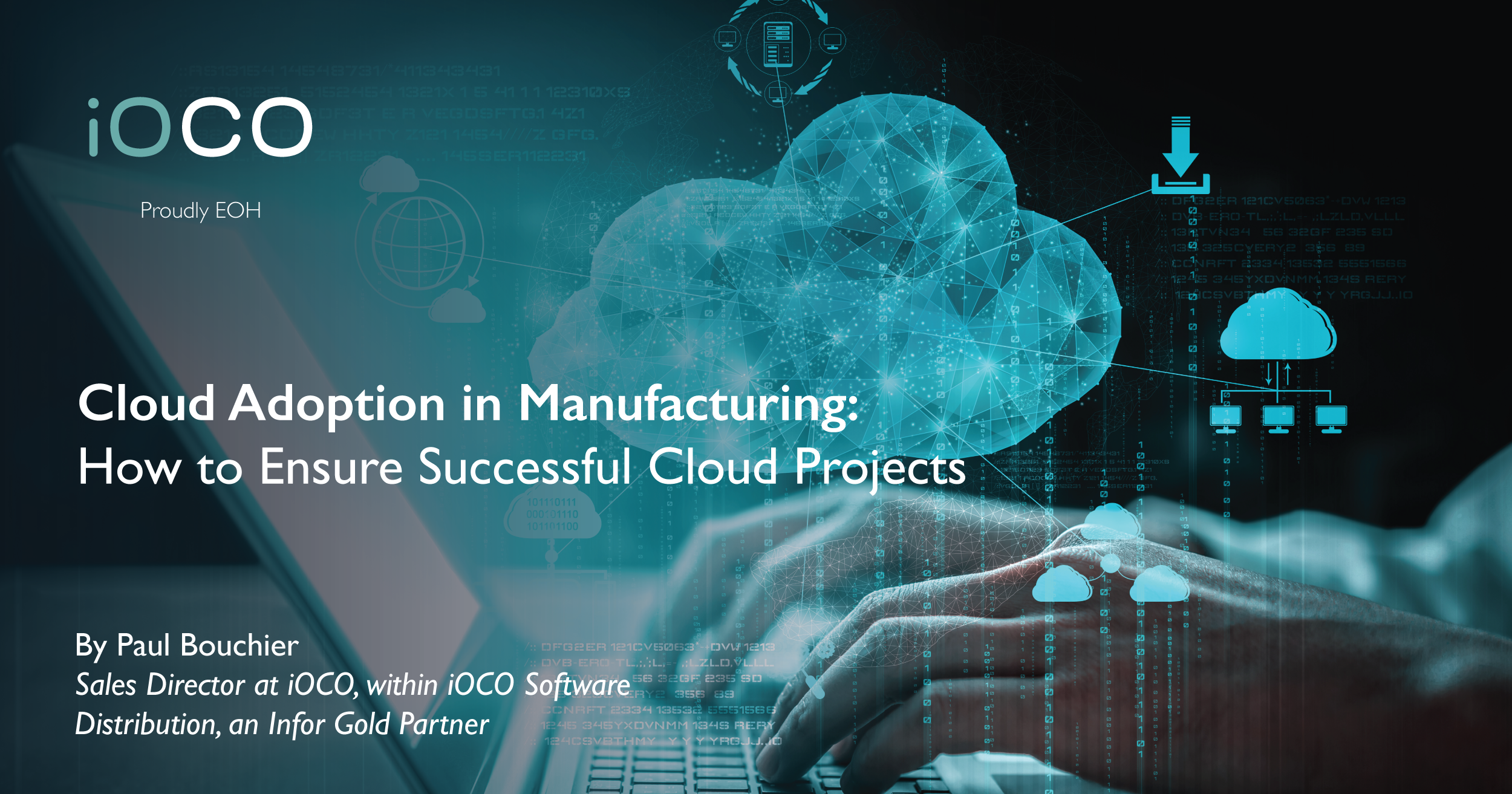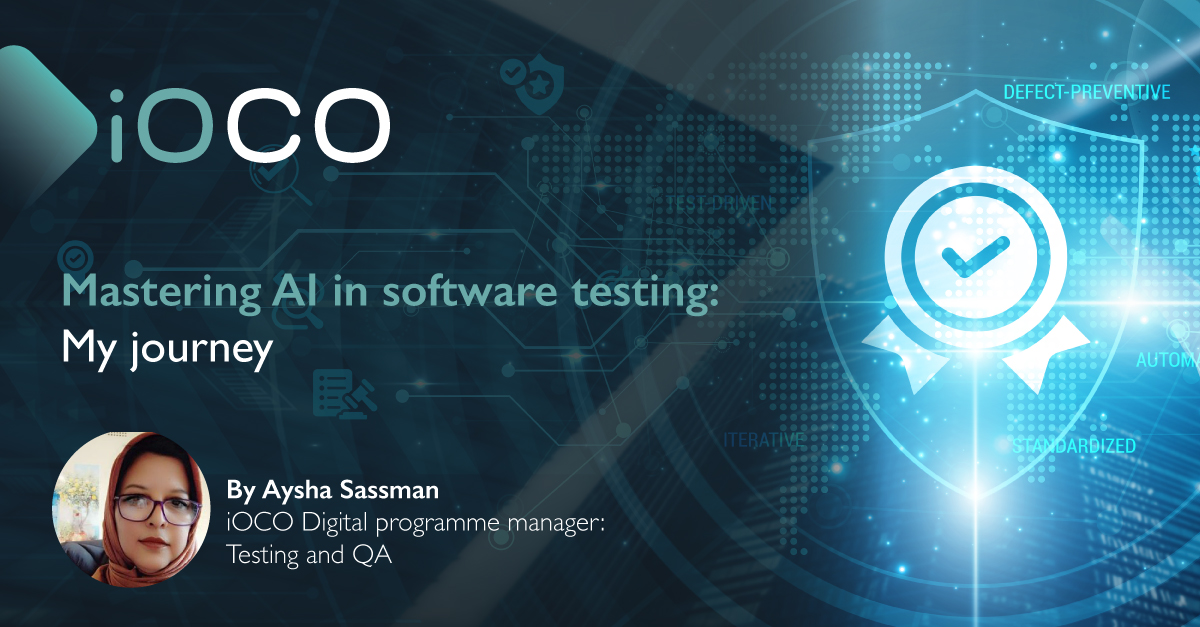As the desire to move to the cloud continues to rise as a real priority for manufacturers, the last three years have driven a push towards adoption. After years of living off a diet of heavily modified, generic ERP systems and applications, manufacturers have realised that there are other options. Moving to a world with cloud services built exactly for the manufacturing organisation is very attractive.
The key is start with the business, its people and understanding its future vision. The technology should follow the vision. It shouldn’t be the other way around. From a cloud and digital perspective, there is an acceleration in the adoption of emerging technology within manufacturing; for cloud solutions in particular.
What Are the Main Barriers to Entry?
The big ones are knowledge, complexity, and a perceived lack of support. There is a myriad of digital capabilities to choose from so it’s very difficult to cut through that. From Infor’s perspective, there is an understanding of the customers and the technologies that are relevant in today’s world.
Running on a common technology platform, Infor applications are combined into a single solution, delivering a single user experience across all of those components delivered to customers; this is an industry specific cloud suite.
However, it’s also a platform that has integration, user experience, big data and a data fabric platform. It has built in artificial intelligence, robotic process automation and machine learning. So Infor customers have the benefit of knowing that those elements are already connected to each other and to the enterprise applications that they use.
What Are the Four Pillars of the Smart Factory?
- The first pillar of any digital project is how to harness data; understand it, access it, combine it, curate it and exploit it. Managing complex supply chains both ways; to customers and consumers.
- Pillar two is relevance of the cloud. When it comes to systems and applications, it’s important that they are kept constantly up to date, on the latest version, and accessible.
- The third pillar is understanding what should be used and ensuring a shortened time to value with a particular technology. Within this conversation between best-in-class digital capabilities or an all-encompassing digital platform, more and more people are going down the platform route because it covers more bases – so understanding the power of the platform versus niche digital capabilities is key.
- The final pillar is around people. Technology is one thing but being ready as an organisation is vital. Without a company culture and people who are okay with change, agility and flexibility, and have the ability to react to certain situations, digital projects can fail as quickly as they start. It is important to involve peopleand combine the business’ top-down vision with the bottom-up ideation from its people.
In summary, get control of the data; understand the importance of cloud; understand the power of the platform and the benefits that can bring; and make it all encompassing from a human perspective and get your people involved.
For more information about the best Cloud for your organisation, please contact Paul Bouchier at paul.bouchier@ioco.tech.
Written by: Paul Bouchier, Sales Director at iOCO, within iOCO Software Distribution, an Infor Gold Partner



